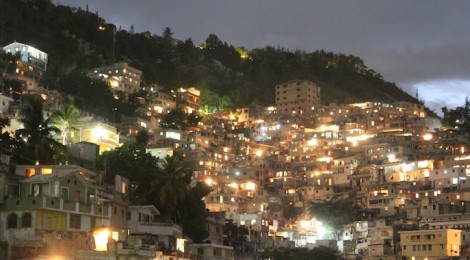
What is “resilient urbanism”?
What is resilient urbanism? What does it mean for our cities to be conceived and designed to be resilient – to natural hazards, to economic booms and busts, to domestic and international political challenges? Who defines the priorities and standards for resilience? How do cities respond to ‘crisis’?
I aim to use my posts on resilient urbanism as a way to forward an alternative notion of resilience, risk and crisis as it relates to cities and our work as practitioners in international humanitarian aid and development.
My blog posts will be aimed to be useful for practitioners, but by purposely challenging the ways we conceive our mission and methodologies. I will be sharing snippets of my thesis work that focuses on how the local context in Haiti helped or hindered the deployment of shelter as humanitarian aid after the 2010 earthquake. This work will highlight how we conceive of “shelter” and “housing” as specialists, as well as share the perspectives of ordinary Haitians as they reconstruct. I will also use this blog as a space to highlight overlooked issues and interesting work being done in the field more generally. As such, I am hoping to foster diverse discussions and debates and I look forward to your commentary.
My posts on resilient urbanism will aim to establish an honest and self-reflexive discussion on what it means for cities to be resilient. I hope the exchanges contained in this blog will forward a new way of conceiving our work as humanitarian aid and development practitioners in the urban context, will forward a new concept of urbanism that is sensitive yet responsive during crisis.









The degree of response will depend on its preparedness – which dictates the reconstruction and recovery.
In Japan, their governments response completed and awarded 50,000 transitional shelters, handed out relief items, cleared, segregated and piled most of the debris in the affected areas – all within the first six months after the tsunami.